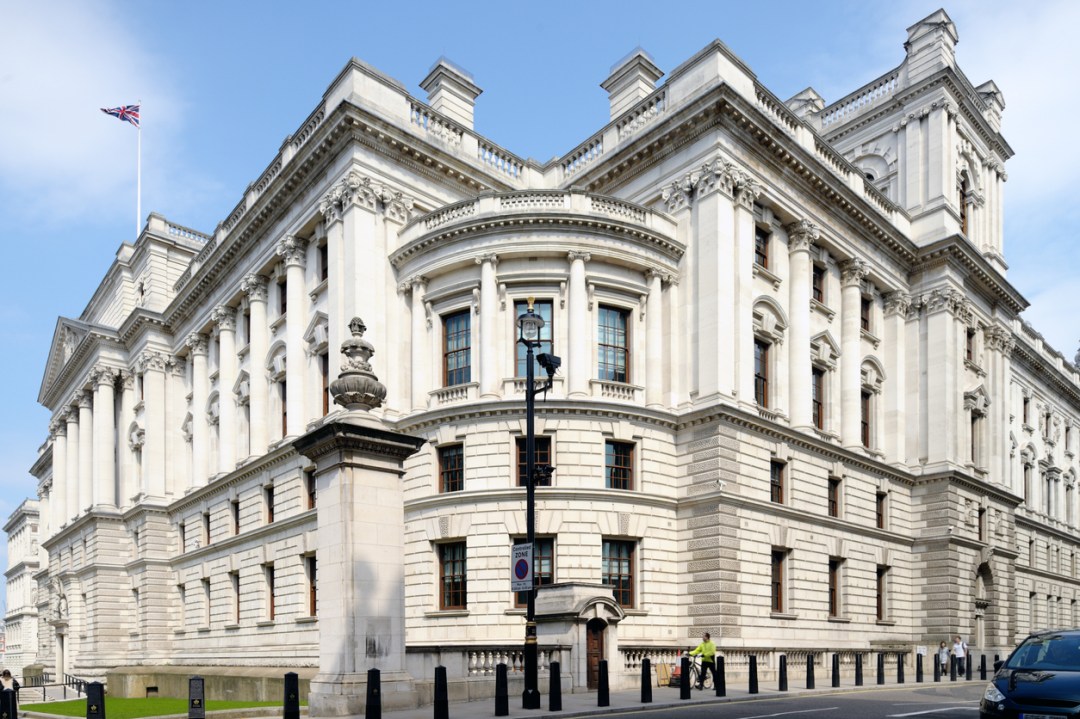This week has seen much talk – again – of the ‘Treasury View’, and how that rarely defined set of values might be influencing this government’s approach to migration.
First, let’s kill off some conspiracy theories that exist about the Treasury View. In general terms the Treasury View stands for cautious conservatism (with a small C) surrounding the payback from public spending, a belief in free trade, and in free markets. The Treasury View also extols the virtue of a steady currency, low and stable inflation, and soundly managed public finances. Former Treasury Permanent Secretary, Lord Nick Macpherson, in a speech in 2014, placed these amongst ten propositions for what he described as ‘a Treasury view for our time’. Whilst the UK economy and its institutions has encountered a tumultuous 11 years since, that speech remains the best outline of the tenets of Treasury economic thought.
What the Treasury View is not is some deep-state proponent of social policy through its economic and financial advice to ministers, including the Chancellor. In the field of migration this is particularly relevant, given that Treasury and recent OBR modelling of higher net migration generates a more positive fiscal outcome over the crucial five year-forecast than would be the case under lower net migration.
Some have used this as evidence that the Treasury is institutionally biased towards higher migration, and has urged ministers to retain a more permissive migration regime than our electorate feels comfortable with. Let’s take each of these points in turn.
First, it is not controversial in the field of economic research that in a narrow fiscal sense a nation’s public finances, on a five-year view, are enhanced by more young people coming to the UK to work. The labour market participation rate of the foreign-born population is now higher than the UK-born population, and incidence of benefit claims is markedly lower. Any modelling that showed a different outcome would not be credible. It is also likely that recent reforms by Home Secretaries James Cleverly in December 2023, and Yvette Cooper this week, have both been shaped by Treasury advice that the composition of migration matters. Treasury insiders are clear that moves to raise the qualification and salary thresholds in both reform packages are consistent with a healthy supply side of the economy. This is something that Macpherson outlined back in 2014 as a ‘longstanding Treasury obsession’.
However the second point – that ministers are therefore urged to take a more permissive policy stance on growing the labour supply by non-native means – fundamentally misunderstands the role of civil servants and the Treasury at large. Armed with such analysis, Treasury officials must present to ministers the difficult fiscal policy trade-offs needed if a more restrictive UK migration policy is to be pursued. They must advise that, in the short-term, skills gaps will inevitably emerge, and will act as an impediment to economic growth. Training of the domestic workforce to fill these gaps will be costly for employers and the public sector, and push inflation higher.
That ministers may not like those trade-offs – and choose to dodge them – is not a bug of the UK institutional framework, but a feature. What is entirely fair is to observe, as the government’s Immigration White Paper did this week, is that any migration analysis is heavily dependent on its modelling assumptions.
The Treasury View in my experience would provide these extensive caveats, but also would recognise that at regular intervals it is necessary to provide clarity on the economic and financial outlook to financial markets that lend the UK public sector more than £2.7 trillion. The uncertainty in any migration analysis eventually needs to boil down into a single number for a coherent economic forecast. The Treasury View may yet need to go on a journey with its approach to forecasts – in partnership with the OBR – in much the way the Bank of England has recently chosen to emphasise a range of economic scenarios, rather than a single one.
But for critics it is worth remembering that even if this evolution took place the Treasury View would remain advisory. ‘Advisers advise, and Ministers decide’ was a celebrated Margaret Thatcher phrase. She wasn’t wrong.








Comments